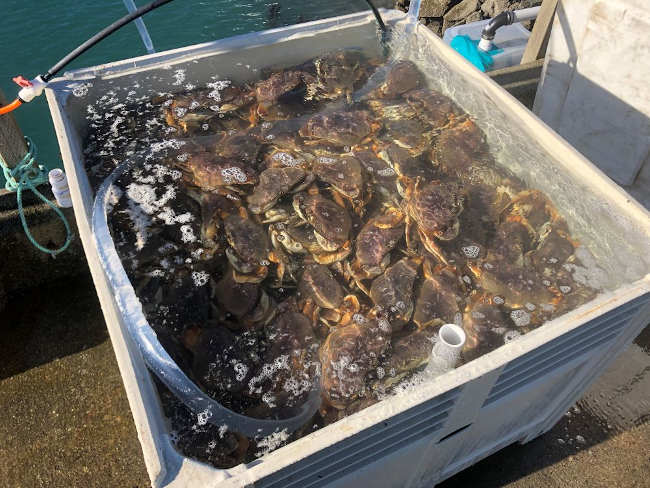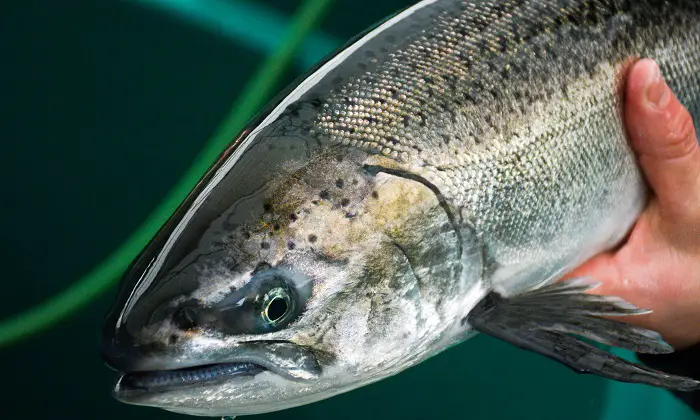- Governor's Office
- Posted On
Gov. Newsom announces rewards for unsolved murders in Butte County, Ontario and Pasadena
Under California law, law enforcement agencies may ask the governor to issue rewards in certain unsolved cases where they have exhausted all investigative leads, to encourage individuals with information about the crimes to come forward. Public assistance is vital to law enforcement, and rewards may encourage the public cooperation needed to apprehend those who have committed serious offenses.
The rewards involve the following cases:
Butte County – Tyler Dickson: A $50,000 reward is being offered for information leading to an arrest and conviction for the murder of Tyler Dickson. On July 3, 2021, 20-year-old Dickson was fatally shot while sleeping in a tent at a campsite in Butte County. The Butte County Sheriff’s Office has exhausted numerous investigative leads and requested that a reward be offered to encourage any individuals with information about this murder to contact Butte County Sheriff’s Sergeant Patrick McNelis or Detective Tristian Harper at 530-538-7671.
Ontario – Jesus Sanchez: A $50,000 reward is being offered for information leading to an arrest and conviction for the murder of Jesus Sanchez. On October 23, 2021, 18-year-old Sanchez was fatally shot in Ontario in front of a house where there was a large party. The Ontario Police Department has exhausted all investigative leads and requested that a reward be offered to encourage any individuals with information about this murder to contact Ontario Police Detective Kyle Mena at 909-408-1769 or 909-395-2001.
Pasadena – Iran Moreno: A $50,000 reward is being offered for information leading to an arrest and conviction for the murder of Iran Moreno. On November 20, 2021, 13-year-old Moreno was killed by a stray bullet that came through his bedroom window in Pasadena. The Pasadena Police Department has exhausted all investigative leads and requested that a reward be offered to encourage any individuals with information about this murder to contact Pasadena Police Lieutenant Keith Gomez at 626-744-4517.
More information on the Governor’s Reward Program can be found here.




 How to resolve AdBlock issue?
How to resolve AdBlock issue? 




